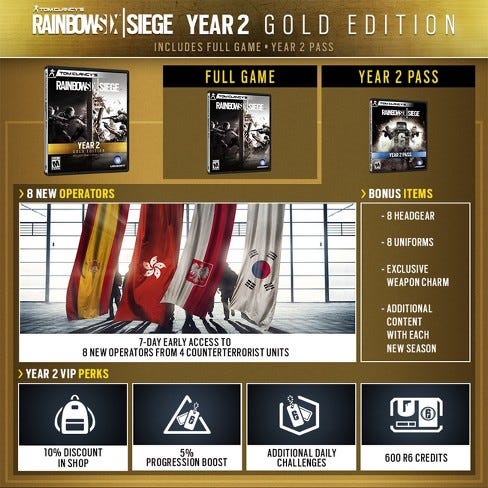Trending
Opinion: How will Project 2025 impact game developers?
The Heritage Foundation's manifesto for the possible next administration could do great harm to many, including large portions of the game development community.
The subscription business model, and its variants, is growing fast in North America’s main economy but it is seldom used in the game industry. Let’s analyze successful implementations and assess its benefits for both publishers and development teams.


The subscription business model, and its variants, is growing fast in North America’s main economy but it is seldom used in the game industry. Let’s analyze successful implementations and assess its benefits for both publishers and development teams.
During a game development, the choice of the proper business model is a crucial issue to address. It has a major impact on the game’s revenue but it impacts also, to various degrees, the design of the game itself and the player’s experience.
Many of my clients ask me to assess their games in development or titles they have already published. Most of the time, I witness that they always make the same choices when it comes to their business model: Either freemium, most of the time, or premium, more rarely. However, there exist another business model that is often overlooked, in spite of its growing weight in our lives: Subscription.
I am not referring to « old school » subscription that forces you to pay a significant monthy fee and would cut off all services once you stop paying. I am talking of modern subscription models such as annual passes, and its variant, restricted access.
The main feature of those 2.0 subscription models is that the absence of payment does not prevent you from accessing the game and playing it. Therefore, those new forms of subscription are often complementing an existing business model. Thus, DOTA 2 players, a freemium game, may now subscribe to a non-mandatory offer to access extra features. Supercell, one of best experts on freemium games, is now offering subscriptions in Boom Beach to complement the game’s in-app purchases. Another interesting example is Ubisoft’s Rainbow Six - Siege. The game’s prime business model is premium, the sale at full price, but the publisher offers an annual pass that grants access to all the new fighters, they are called operators, that are added for free every year to the game. This is a valuable benefit for players because unlocking new operators requires players to earn a lot of Renown Points, the game’ soft currency.
Restricted access is a mix between freemium and subscription. It allows a user to enjoy the game for free, as long as he wants, but without having access to all features. Thus, a player can enjoy the game at his own pace, build his network of friends, level up his character until he decides to improve his game experience by paying to unlock the full content. Another important feature of restricted access is that it does not levy a monthly fee. Instead, it sells you a number of months of full access. What is the benefit for the user? He does not have to worry about stopping the subscription if he stops playing. This benefit is especially interesting when parents are paying for an app they don’t use. Of course, once the paid period comes to its end, the player loses access to the full content but retains the possibility to play. Thus, the publisher still enjoys opportunities to monetize him further.
One can clearly see the benefits of those modern versions of subscription. They can bring extra revenue to premium games, they can merge with all business models, they make it possible to build a monetization strategy that leverages the strengths of freemium without being overly aggressive. Last but not least, they are easier to design than monetization strategies based on in-app purchases.
In my next blog entry: Once upon a time …
Read more about:
BlogsYou May Also Like